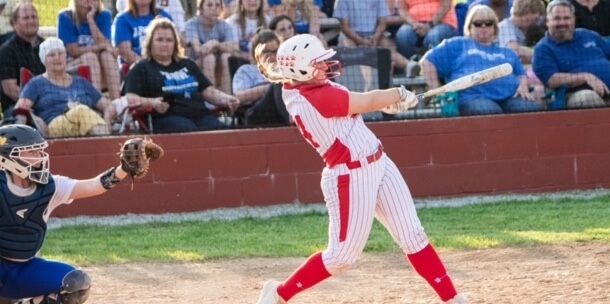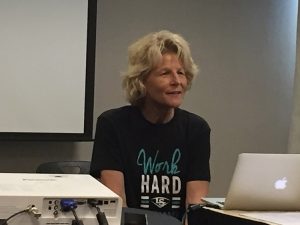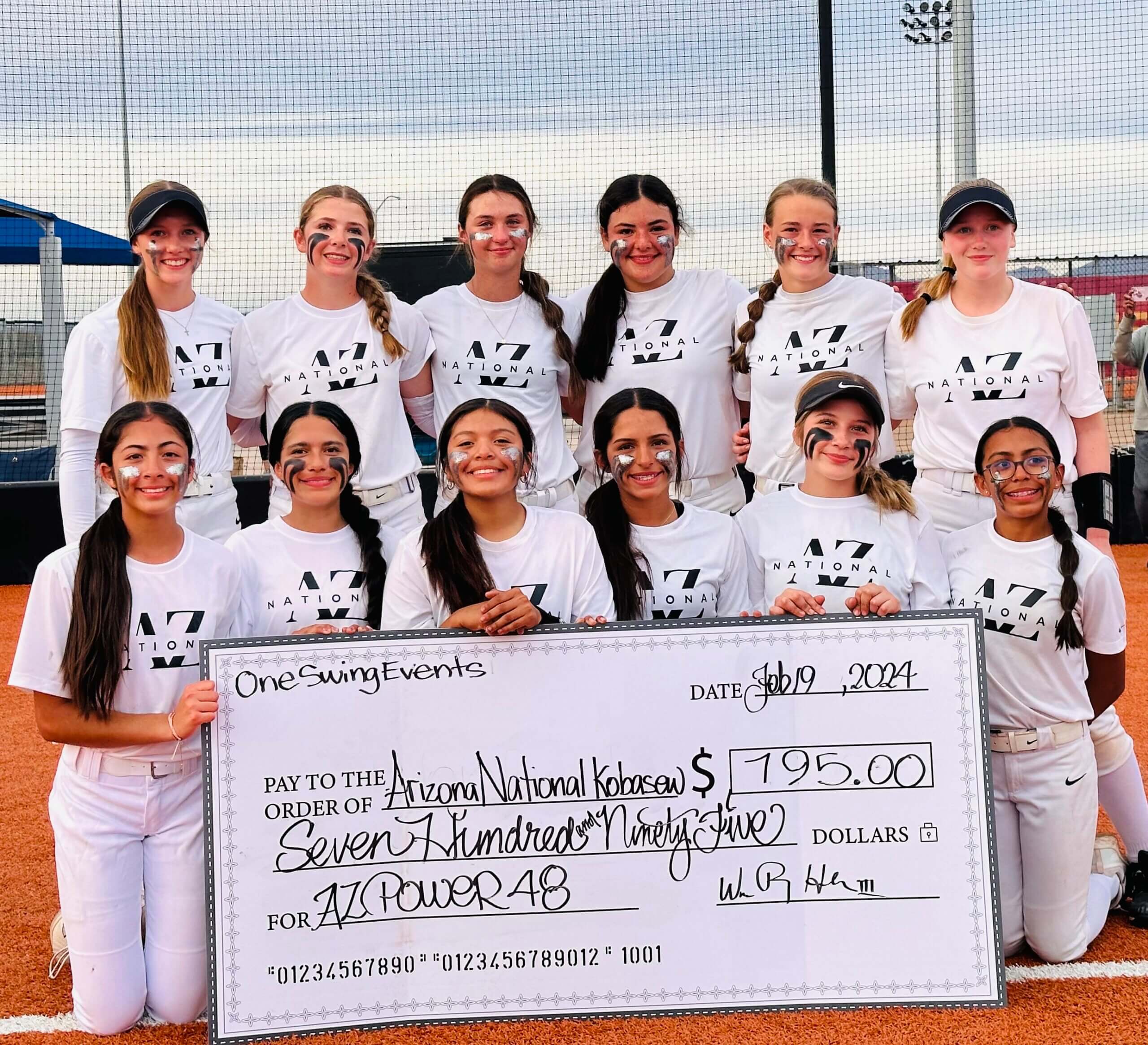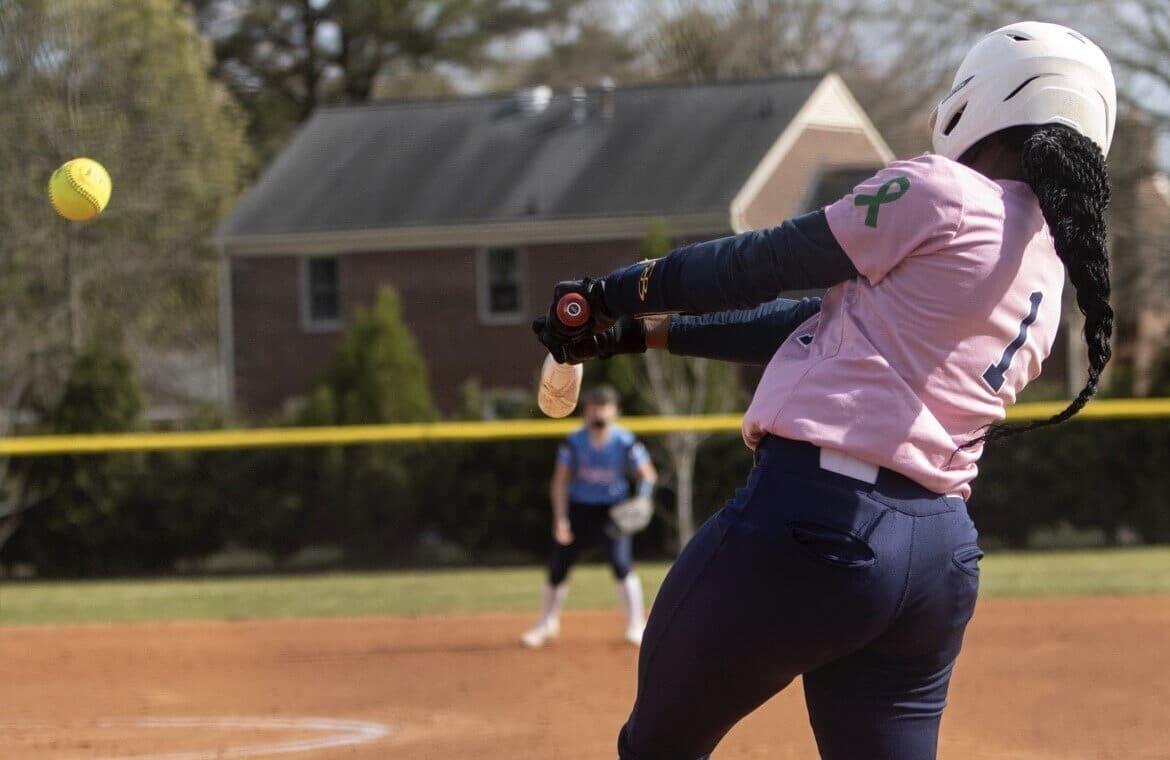
Ever since we announced on April 12, 2019 the schedule for 2022 Extra Elite 100 class — starting today!—the response and input from the softball community has been tremendous.
This is a significant class for us, because it was the first one we published when Extra Inning Softball was launched in January of 2018 (the 2022’s finished in March, 2018).

We have done five class rankings since then—the 2018’s, ‘19’s, 20’s, 21’s and 23’s—and, as a lot changes in a year, feel it’s important to regularly update the classes.
Inevitably and not surprisingly, once we say we’re beginning our three-week run of spotlighting the top players in the country, we are asked what criteria are used to rank the players. And once the list is released, there are questions to why certain athletes made it and others didn’t.
After one list last year was released we got this comment: This should be interesting explaining why two player’s like XXX and YYY who have been in the Top 50 in every rankings (sic) is suddenly not ranked at all.”
Extra Inning’s Brentt Eads–who has done over 25 different softball class rankings including some such as the 2020 class three times (with Extra Inning Softball and other softball-focused websites—here updates an article he last year explaining his/our approach to ratings, why they’re done in the first place, how players make the list (or don’t) and who wants them in the first place (you may be surprised)…
*****
When we announced in February of 2018 that we were going to we kick off the first of our Extra Elite 100 player recruiting rankings there was the expected criticisms around the reasons they are done, how they’re not accurate and favor players from certain states or club programs or even how they put added pressure on young athletes.
Let’s address why the rankings are compiled in the first place which comes down to one primary reason: the softball community wants them.
Here are five points I think are important to know about why we do the Extra Elite 100 rankings:
1) WE LOVE LISTS
People, especially Americans, love lists (look, I’m creating one right now). We want to know where everything stacks up and how it compares. This includes softball players and their teams.
There is a demand for these lists and, contrary to what some may think, this includes players, parents, club coaches, and, yes, even college coaches.
Someone once posted on our Facebook page something to the effect that, “No college coach even looks at these top 100 rankings.” Not exactly… you’d be surprised at how many do.

I was talking to someone high in the game last year and it was pointed out that the rankings are used as a resource by college coaches to start their recruiting lists at age divisions and to validate they haven’t missed out on some players.
At the Mary Nutter Collegiate Classic last year, I even had several college coaches ask about the lists and make comments about how they use it as a recruiting tool.
And why wouldn’t they?
It doesn’t mean they agree with how players are listed, it just means they use it as a resource—one of many at their disposal.
A few months ago, one of the top club coaches in the game who has won National Championships told me he recognized the need to be more involved in providing information on his players because college coaches are saying they use it as a tool to learn more about the prospects on the market.
You know who else likes the rankings? Sports Information Directors at colleges: it gives them info on players and something they can add to their Signing Releases when they have player info such as where a signee is listed and also where their class ranked overall.
2) DIALOG AROUND SOFTBALL
Time has proven that the rankings create a discussion around the sport.
Like the Extra Elite 100 player inclusions or not—especially if you have a vested interest in a club or college team, have an athlete that age, or simply just care about softball and follow the age level—you’ll probably have a strong opinion one way or another if a player should (or shouldn’t) be ranked and at what number.
And you probably have a passionate reaction such as “Yes, we played again that athlete and she is legit” or “Wow, she’s so overrated, we beat her — our pitcher is better” or the very common “Why isn’t our player on the list and she is?”
3) HONORING THE PLAYERS
The rankings’ primary reason for existence is this: they honor athletes who work their tails off. Football, baseball and basketball players get a ton of attention–I saw this when I worked at ESPN; the page views around the recruiting lists and rankings were huge.
Why shouldn’t softball players be recognized for all that they do, too?
Softball players put a bazillion hours practicing to hone their skills, taking lessons, traveling to games and tournaments and playing—all practically 52 weeks a year now, so why is it a bad thing to honor them by saying, “You’re one of the top players in the country at what you do?”
Who wouldn’t want to be considered one of the best at anything, especially something they love?
4) MORE FASTPITCH COVERAGE
Yes, I’ll admit it: the Extra Elite 100 adds to our coverage at Extra Inning Softball and, frankly, adds authenticity and legitimacy to what we do.
Why?
Because we get this information from the key influencers in the sport and allows us to create relationships with people who know the sport best.

The best reason I’ve ever heard for doing rankings comes from the person who’s been voted the No. 1 Most Influential Person in Softball: legendary Hall of Famer Sue Enquist, who as a player and coach at UCLA won 11 National Championships.
Sue told me long ago: “Brentt, you’re either in the tribe (of softball) or you’re not—and you’re in the tribe because of your rankings. Don’t ever give those up.”
Good enough for me.
5) USE AS A MOTIVATING TOOL
I’ve come to learn that the rankings are a strong motivating tool for players. I’ve worried that it creates undue pressure on players and I’ve found it’s quite the opposite.
A quick story: concerned that I was “feeding the beast” of adding stress to athletes’ live, I asked a Top 25 college head coach if the rankings were a bad thing in this way.
He laughed and said, “Pressure? I’ll tell you what pressure is: when a player sees me leaning over the fence watching her knowing a scholarship is on the line involving thousands and thousands of dollars… THAT’S pressure! Being put on a list, that’s nothing.”

I’ve been sensitive to this from the very first list I did, the Class of 2014, down to the 2022 Extra Elite 100 rankings we start today.
I’ve asked the top players in practically every list—from Jenna Lilley (2014, Oregon) to Amanda Lorenz (2015, Florida) to Kenzie Hansen (2019, Oklahoma) to Mia Williams (2023, Florida commit) and many others—if being No. 1 in their respective classes put a target on their backs.
Each one gave pretty much the same answer (and I’m paraphrasing): “I already push myself hard enough, to be No. 1 in my class is an honor and it forces me to work harder to justify the ranking and the confidence in me. But ultimately I know it’s what I do on the field that will validate my performance.”
*****
In conclusion, I’ve counted and I’ve overseen 10 years of classes—with most of them being updated two or three times, meaning I’ve gone through the process of compiling 25-plus top 100 lists, which now go 500 players deep.
I once stopped to count the hours it takes to produce a list, but it ranges to between 70 and 80: there’s the hours and hours of research contacting coaches, watching players in person, compiling the data and info, assembling the lists and whittling it down to the final ranking order.
Once the ranking order is finalized, there’s then the production aspect: writing and editing the bios, pulling photos and finally, putting it all together and posting on the website.

And that isn’t counting the years of relationship building it took to develop the lists in the first place.
We take these lists very seriously and don’t just throw them together—a lot of time, energy, and effort goes into making them as accurate as possible.
It’s important to say that this isn’t an exact science: there’s no scientific way to compare a shortstop from California to a pitcher in Oklahoma to a power hitter in Illinois.
But it’s fun and as mentioned above, it’s something that the market has enjoyed since they were first compiled many moons ago.
And it’s important to note as well that one benefit of starting young is we can update the list over the next several years and see it evolve as players get closer to entering college.
It’s typical that each list will change 25 percent from the list before it as new players emerge.
So why do some players make quantum leaps or some drop?
It’s because some emerge and show they deserve to be on the list based on performance, perhaps as late-bloomers or because they were overlooked, and others drop perhaps because they’ve peaked or haven’t worked as hard or simply got passed up for reasons outside their control such as injury or have been passed up by other players.

A positive example: pitcher Maggie Balint, the collegian who started at Oregon and will play at Louisiana-Lafayette next year.
Maggie had a dominating summer performance at Boulder IDT and took her PA Chaos to the title game the summer prior to her senior year of high school. She went from not being ranked in an early version of a top 100 list to being ranked #4 in the next version.
She’s a good example of how the the lists evolve as players emerge, improve or, sometimes, don’t progress.
I talked to a club coach once who, when asked about one of his players in the 2020 rankings who had been very high in an earlier version said basically, “She’s not improved and shouldn’t be in the top 100 right now.”
And this player is going to a Top 25 national program.
I’ve been told many, many times by players that—when knowing that an updated list is coming out—it fires them up to work hard and perform well so they either move up the top 100 or enter it if not included in a previous edition.
Will everyone like the rankings?
Of course not, but as long as the softball market finds it of value we will continue to do them and, hopefully, help grow the sport… because that’s what it’s ultimately all about!
— Brentt Eads, President/Executive Editor
*****
Agree? Disagree? Feel free to write us and let us know what you think! Email: [email protected]











